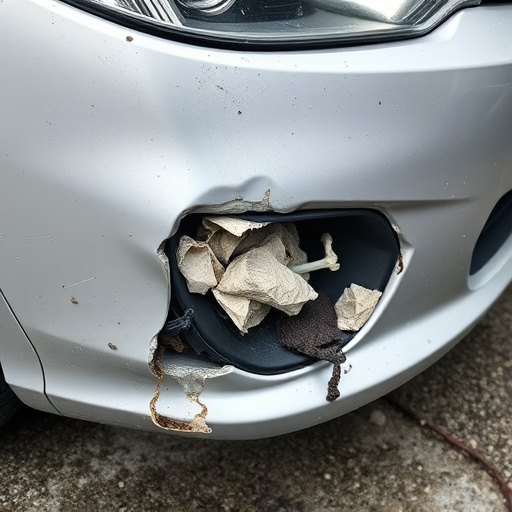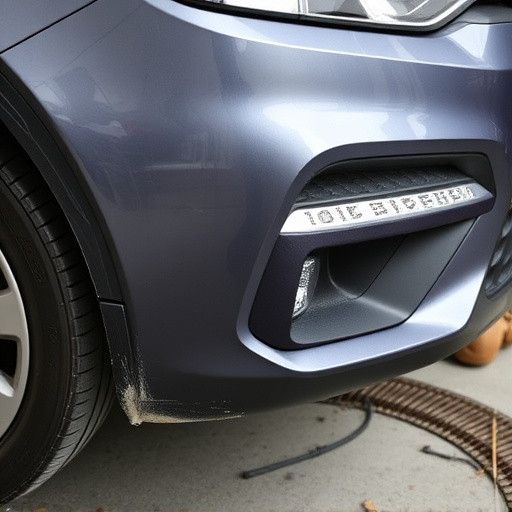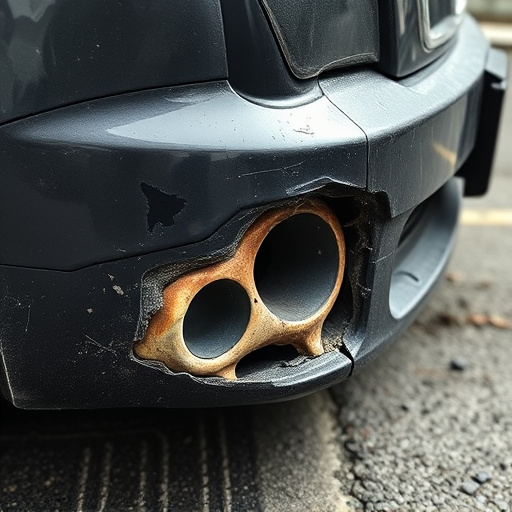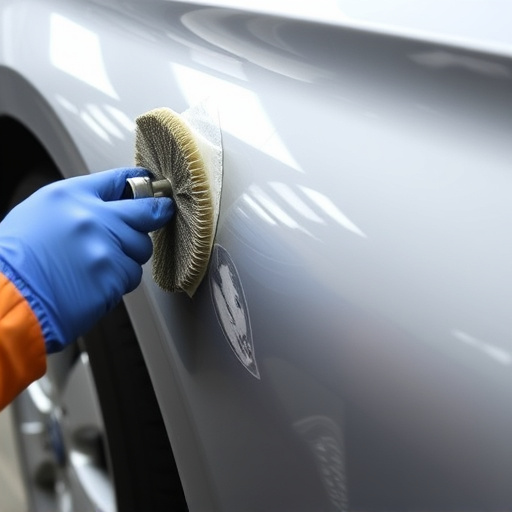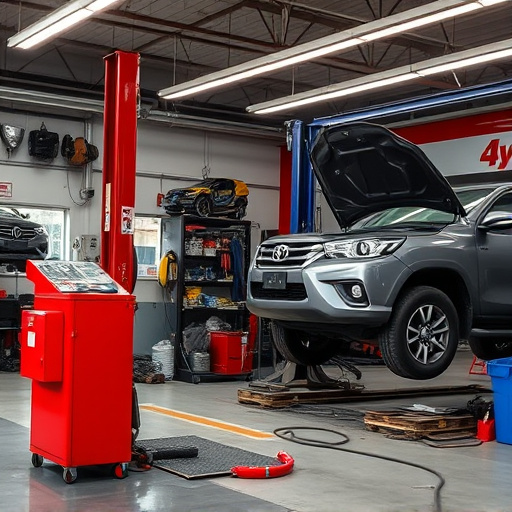Understanding and managing claim approval timelines streamline vehicle repairs from simple scratch fixes to complex restoration, reducing delays, confusion, and costs for policyholders and insurers through efficient processes, digitization, and clear communication.
Claim approval timelines are often overlooked yet powerful tools that can significantly streamline your time management, especially in claims processing. This article delves into understanding these timelines and highlights how efficient management can save you valuable time and resources. We explore strategies to optimize your claim process, ensuring faster resolutions without compromising accuracy. By implementing these tactics, you’ll navigate the claims landscape with greater agility and confidence.
- Understanding Claim Approval Timelines
- Benefits of Efficient Timeline Management
- Strategies to Optimize Your Claim Process
Understanding Claim Approval Timelines

Understanding claim approval timelines is crucial when navigating the process of getting your vehicle repaired, whether it’s for a simple fix like a car scratch repair or more complex automotive body work. These timelines provide a clear structure and offer peace of mind during an often stressful situation.
A well-defined claim approval process ensures that everyone involved knows what to expect. For instance, when submitting a claim for classic car restoration, the timeline will outline the steps from initial assessment to final approval. This clarity helps reduce confusion and potential delays, allowing you to focus on getting your vehicle back in top condition faster.
Benefits of Efficient Timeline Management

Efficient timeline management for claim approval can significantly reduce the time you spend waiting for your insurance claims to be processed. This benefits both policyholders and insurance providers. By streamlining the process, folks can get their vehicles fixed faster, whether it’s a simple scratch repair or more complex auto repair near me. A well-organized claim approval timeline ensures that every stage of the claim is tracked, from initial report to final settlement, minimizing delays caused by paperwork or communication breakdowns.
This efficiency also applies to collision centers, where a structured timeline helps manage resources effectively. It enables them to prioritize repairs, reduce wait times for customers, and maintain higher levels of customer satisfaction. Moreover, an optimized timeline can help avoid costly mistakes that often arise from rushed or disorganized work, ensuring that even complex repairs are handled promptly and accurately, just like a seamless scratch repair process.
Strategies to Optimize Your Claim Process
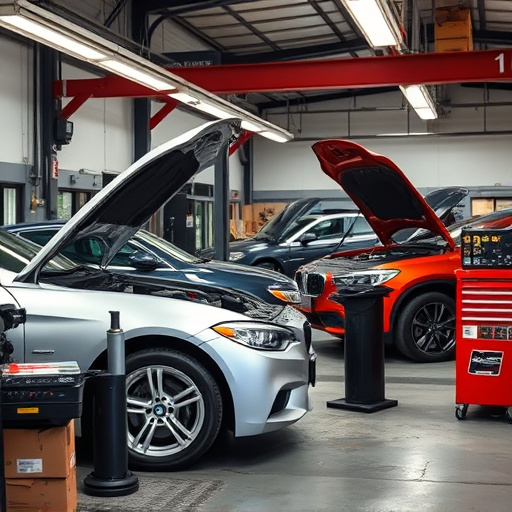
When it comes to claims, a well-managed process can significantly reduce wait times and stress levels. One effective strategy is to digitize your documentation. By opting for paperless claim submissions, you streamline the initial stages of your automotive collision repair or vehicle paint repair process. This simple step ensures that information flows smoothly between insurance providers and repair shops, accelerating overall turnaround times.
Additionally, staying organized with clear communication channels is key. Keep all relevant parties informed about the claim status, especially during complex vehicle restoration cases. Regular updates can prevent confusion and potential delays caused by miscommunication. By adopting these strategies, you can optimize your claim process, making it more efficient and less time-consuming for all involved, from initial report to final approval.
A well-managed claim approval timeline is a powerful tool for saving time and streamlining your processes. By understanding these timelines, you can anticipate potential delays, ensure smooth operations, and deliver exceptional service. Efficient timeline management not only benefits your business but also fosters trust and satisfaction among clients. Implement these strategies to optimize your claims process and watch as your organization flourishes with improved productivity and reduced wait times.




